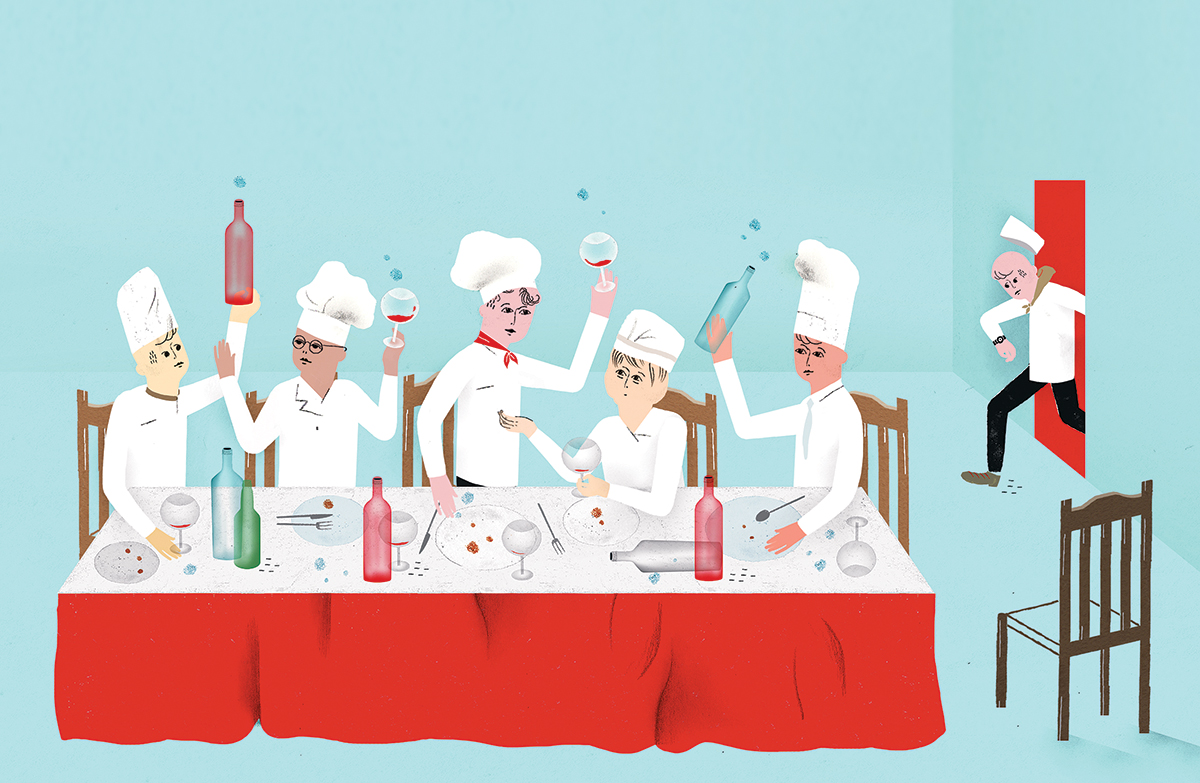Late to the Game?
When I first saw the Craigie on Main Facebook post, I caught myself in a serious food-snob moment. “So watermelon is watermelon, right???” it read. “Wrong.” It then went on to describe how the restaurant vacuum-seals and compresses the fruit in vinaigrette, giving it a savory intensity.
Fresh and inventive, right? Kind of. I had a variation on this very dish back in 2009, at Spain’s pioneering restaurant Mugaritz. Our server introduced it as “carpaccio” and only revealed that it was watermelon — not the beef it so resembled — after we’d polished it off. It blew my mind. Seeing a riff on the dish at consistently innovative Craigie made me chuckle; I felt like I’d gotten a peek at the playbook well before the game.
A few weeks later, I noticed that culinary tinkerer Jason Santos had started serving compressed melon with a chèvre cheesecake at his restaurant Blue Inc. By the time I chomped down on a watery slice of underripe “carpaccio” at themey Asian restaurant Red Lantern, I had to wonder: Where does Boston rank in the trickle-down hierarchy? Does food emulate fashion, where styles debut in Paris, Milan, and New York, then filter through L.A. and Chicago and finally touch down, a bit diluted, in the Hub? Manhattan noodle bar Momofuku made headlines in 2004, but we didn’t get East by Northeast, our best approximation, until 2010. A few spots, like Myers + Chang, caught on early to the Korean-barbecue-taco boom of 2009, but Vito’s Tavern is currently hawking them like they’re new. What about poutine, which “arrived” in New York in 2007 but hit our gastropubs in 2011?
Can we boost our game, and do we even care to?
“It’s a question I ask all the time,” says Tiffani Faison, the former Rocca chef who’s about to open barbecue joint Sweet Cheeks. Bostonians “are still excited about cupcakes, while everyone else has moved on to pies.” But at a time when new ideas trend on Twitter faster than you can boil an egg, it wouldn’t take long for our landscape to change completely. “Living in L.A. in 2007, it seemed like there were no great restaurants around,” Faison recalls. “In four years, it’s become a leading food city. Even London, which for so long had the most awful reputation for food, is now a destination.”
Craigie’s Tony Maws, though, feels that pitting Boston against other cities, creativity-wise, is unfair. New York has “more types of people with a wider range of tastes,” he explains. Besides, he asks, what does it matter who emulates whom? “There’s only a handful of people in the world who are truly innovative with food. Everyone else, we’re craftsmen who are trying to make people happy.”
Faison remains optimistic about our trend-launching potential. “We have Harvard and MIT! There’s intelligence and money coming in from all over the world,” she notes. “If I didn’t think there was hope, I wouldn’t be living here.”
